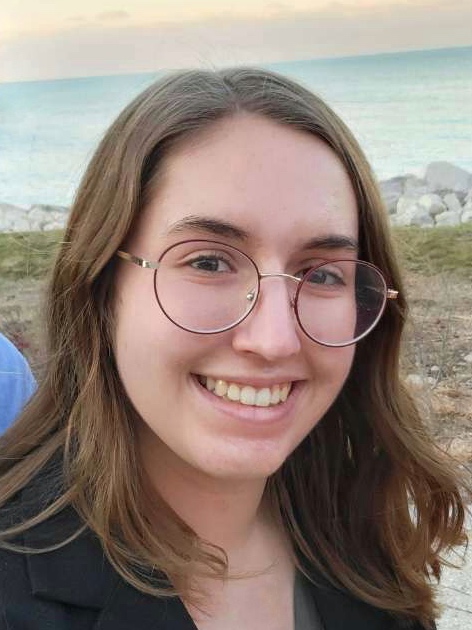Celebration of Scholars
#62: Benzyltriphenylphosphonium salts as radical precursors using photoredox catalysis

Major: Chemistry, Neuroscience
Hometown: Crystal Lake, IL
Faculty Sponsor:
Other Sponsors:
Type of research: SURE
Funding: SURE
Abstract
Photoredox catalysis is a powerful tool used to form carbon radicals. Through cleavage of the carbon-phosphorus bond in benzyltriphenylphosphonium salts, highly reactive alkyl radicals can be generated. These reactions proceed more sustainably by using visible light instead of heat or UV light as an energy source. A series of experiments were conducted to test the reactivity of the phosphonium salts under photoredox conditions. Initial experiments indicated that dimerization of the benzyl substrate was the major reaction pathway. Different aspects of the reaction were optimized, such as light, catalyst, atmosphere, etc. Once optimal conditions were set, the substrate scope was investigated. Preliminary experiments have indicated that substrates with electron-donating groups prefer to dimerize to form C-C bonds, and substrates with electron-withdrawing groups undergo reduction. Mechanistic experiments were also conducted to confirm the formation of a benzylic radical intermediate and to explore the reduction reaction. A natural product, brittonin A, was also synthesized using this method.Submit date: March 26, 2022, 2:49 p.m.
